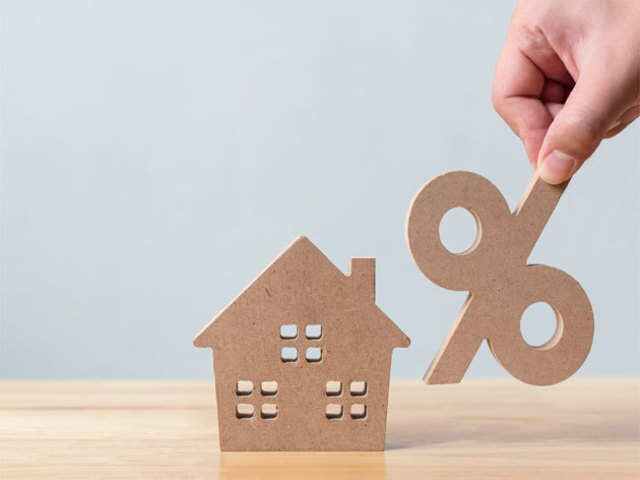Reserve Bank of India, in its recent monetary meet held on October 2020, decided to keep the repo rate constant at 4%. Nevertheless, the cumulative rate cuts since February 2020 have already translated into financial institution’s 70-90 bps transmission in the home loan segment. Resultantly, it makes a high time for borrowers to opt for a home loan as the interest rate, as well as cost of borrowing, is likely to become affordable.
Nevertheless, prospective borrowers first need to know about what is repo rate to calculate the benefits they are entitled to leverage in the current market scenario.
What is repo rate?
The meaning of repo rate indicates the interest rate at which the RBI lends short-term credit to commercial financial institutions. Additionally, this rate is also used to calculate the effectiveness of monitory policy. It determines the liquidity available in the economy as well as promotes economic growth.
Repo rate directly influences the cost and applicable rates on different financial products, including a home loan. Thus, any change in this rate alters home loan rates to a great extent. Moreover, 토토사이트 being a major part of monitory policy, repo rate is directly associated with inflation and used as a mean to curb it.
How does repo rate control inflation?
The repo rate works as an effective instrument to control inflation in an economy in following ways.
- When the inflation rate is on a higher side, RBI increases the repo rate to decrease the liquidity in the market through monetary contraction. Consequently, the cost of borrowing becomes high, with a restricted circulation of cash in the economy.
- On the other hand, while the inflation varies in the permissible range, RBI lowers or cuts repo rate to infuse liquidity and cash flow in the market. It thereby favours the home loan borrowers as the cost of borrowing becomes cheaper than before with RBI repo rate cut.
Thus repo rate acts as a liquidity management tool of RBI and helps in the growth aspect of the economy.
However, besides knowing about repo rate, one should also get an insight into how it affects the home loan borrowers directly or indirectly.
How does repo rate affect home loan borrowers?
Since repo rates determine the rates on home loans, the borrowers are the main beneficiaries of this system. For instance, the recent unchanged current repo rate denotes to a slow economy and rising inflation. Nevertheless, the decision of keeping it constant for the time being does not affect the borrowers’ interest as most financial institutions offer this credit with a reduced rate.
Moreover, reputed financial institutions also extend pre-approved loan offers to make application process of this credit even more simplified and time-saving. Besides home loans, these offers are also available on a gamut of financial products like loans against property, etc. Nevertheless, individuals can check their pre-approved loan offer by mentioning their name and mobile number.
Nevertheless, irrespective of the market scenario and changes in repo rate, individuals can also follow some top tips to decrease home loan interest. Some of it includes.
- ● Borrowers with good credit score can negotiate with lenders for a better rate and other favorable terms of service.
- Existing borrowers can opt for a home loan balance transfer.
- Alternatively, one can shift from floating interest rate to fixed interest rate.
Thus, it is quite evident that only knowing about what is repo rate is sufficient to understand its influence on economy as well as on the consumers. Therefore, with explicit knowledge about this benchmark rate, one can make the most of its fluctuations.
